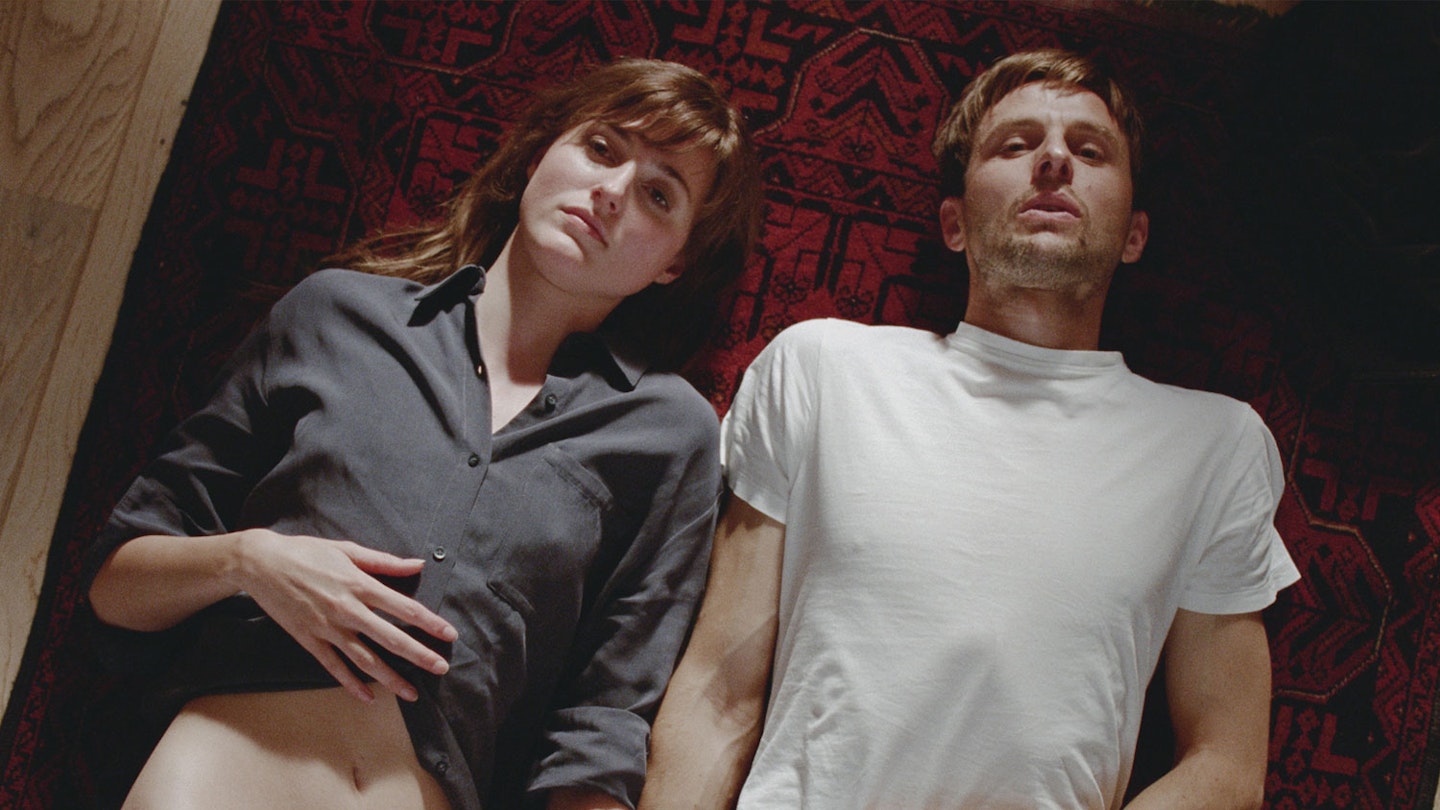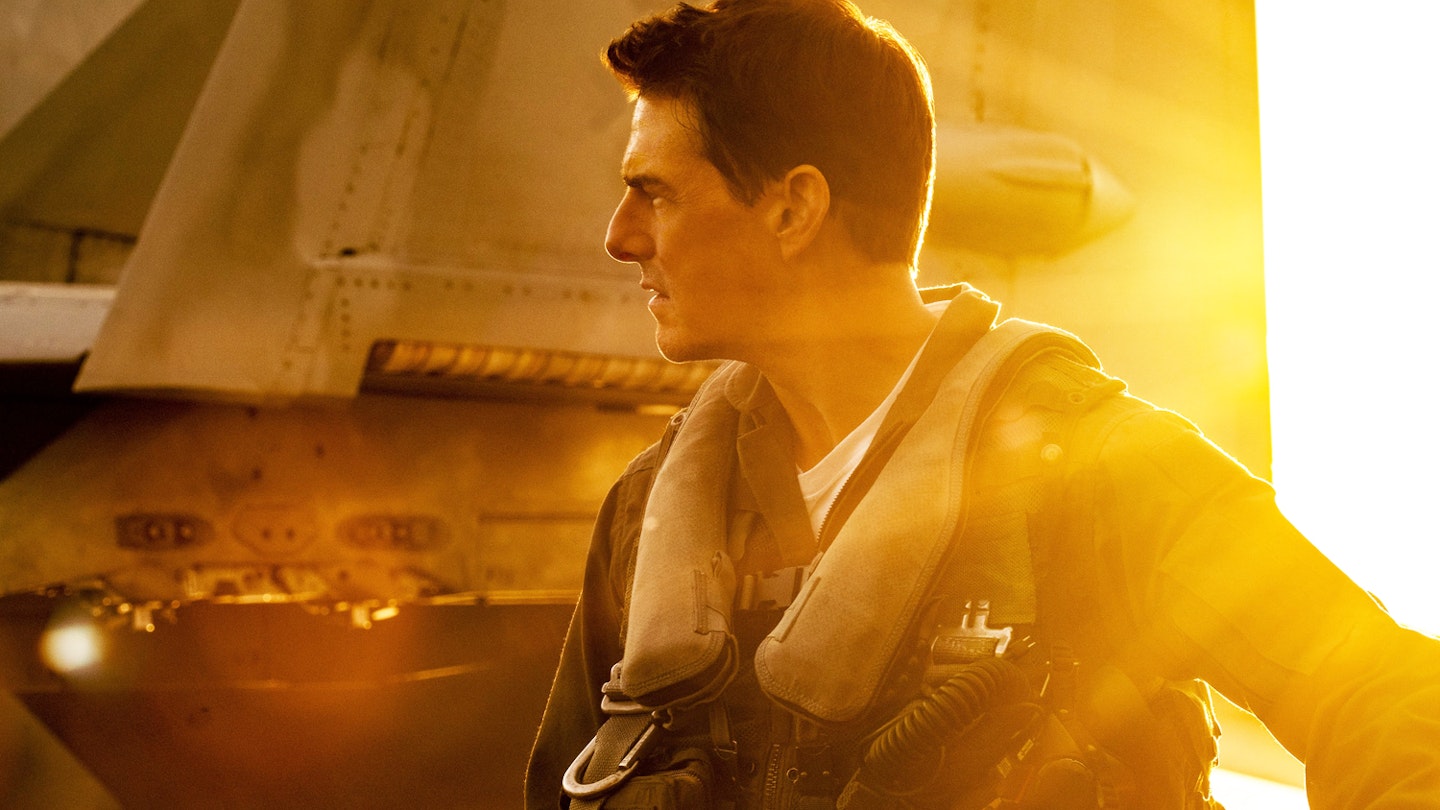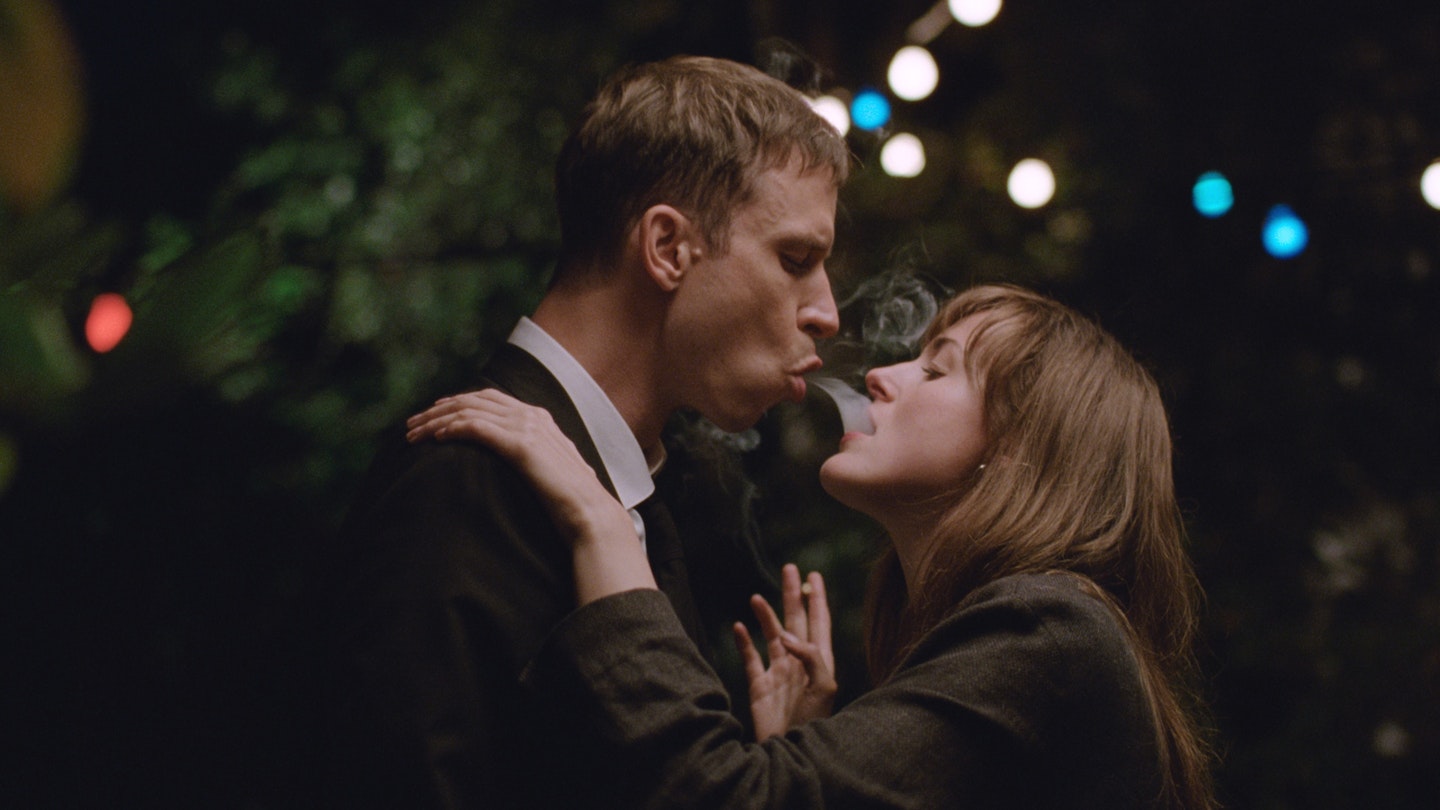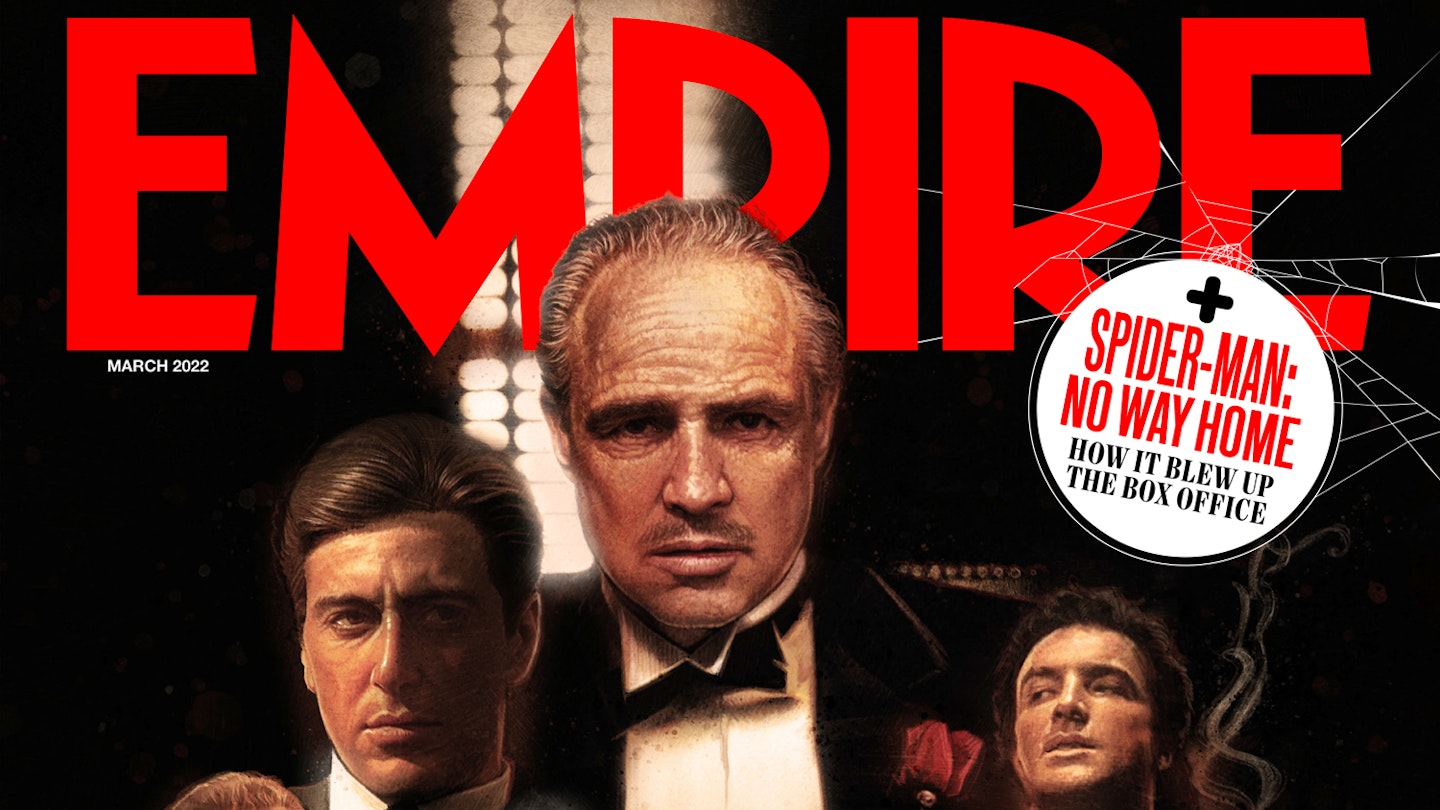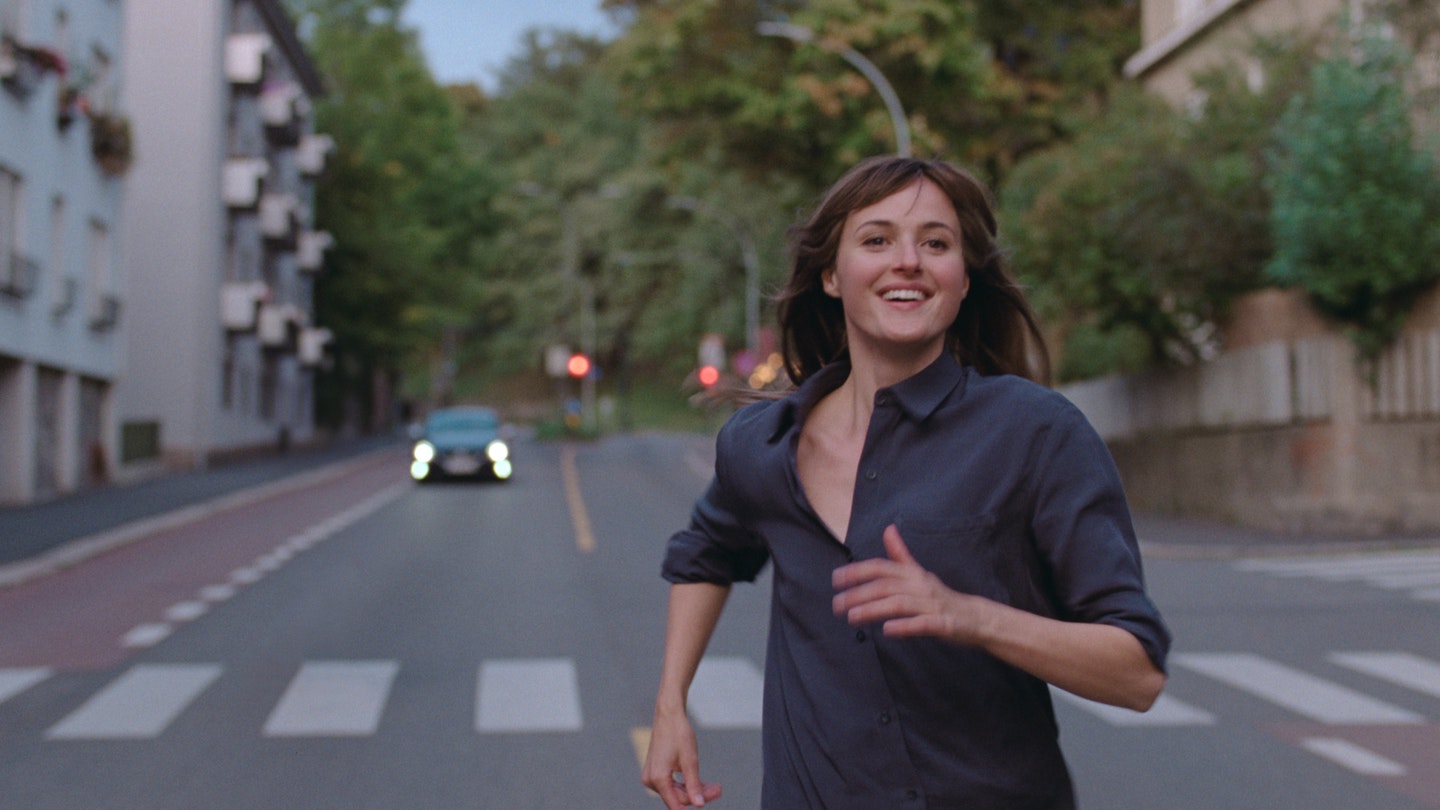Love stories in cinema can struggle to find a complex middle ground between frothy entertainment and bruising drama. There’s nothing wrong with either — but the real-life experiences we go through are much more contradictory than either extreme, full of mistakes and missed chances you just have to live with, as life goes on whether you’re head-over-heels or completely heartbroken. Joachim Trier’s Oslo-set romantic drama The Worst Person In The World isn’t a love story in the traditional sense, following one relationship as it blossoms and either thrives or dies. Rather, it’s an intricate, deeply emotional, intelligent exploration of how these relationships affect a woman going through them as she ages and grows more into herself in other ways, too.
“I feel like I never see anything through,” Julie (Renate Reinsve) tearfully tells Aksel (Anders Danielsen Lie, Trier’s muse since 2006) as she sees time running out for one of the most beautiful connections of her life. Her journey is one coloured by euphoria and adrenaline as much as regret and guilt — all those electric feelings that come with daring to open up to another person bleeding into one another. Reinsve (making effectively her feature debut here; her only prior screen credit, Trier’s Oslo, August 31st, gave her just one line of dialogue) balances these conflicting states of being effortlessly. It is so easy to love her. She has a supernova smile as warm as liquid sunshine, and eyes so curious and hungry that they sparkle with every question, every hesitation.
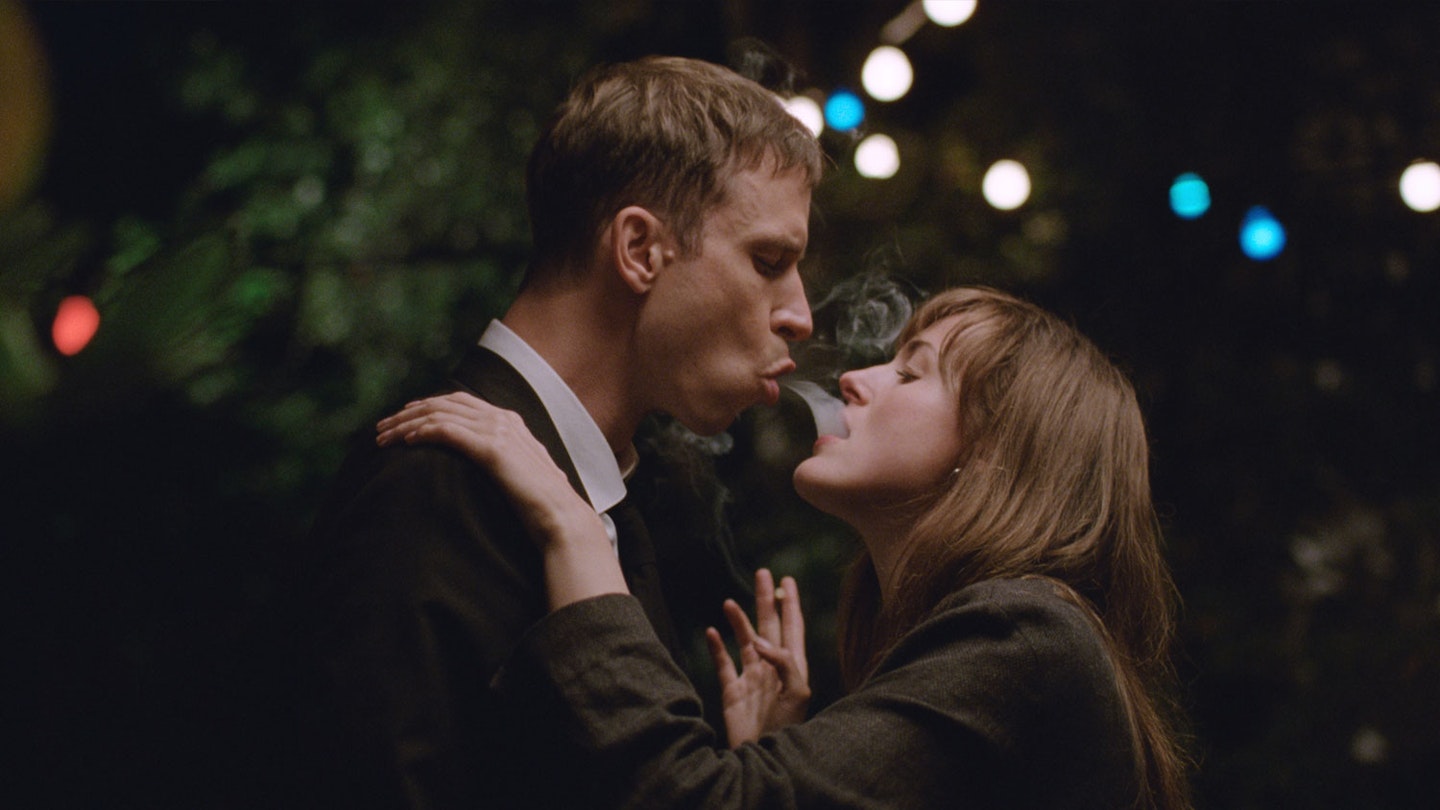
It’s a tour-de-force performance, bolstered by a script so naturalistic, wise and organic that it can often feel like someone’s been listening in on those intimate conversations — conversations you might have had with a partner, the kind you haven’t dared to share any further; the ones that keep you up at night and make your heart heavy. What am I worried about? Am I running out of time? Is the pleasure worth it? Can I really survive this pain? Was this a terrible idea? Of course there are no real answers, and even if there were, it’s back to square one with every new person that enters your life and changes everything.
As a playful love-letter to uncertainty, it’s far more accessible and watchable than it has any right to be.
Trier telegraphs these emotions with unending vitality, toying with form as Julie wonders about her career and doubts her feelings over and over again. The sexual tension crackles in a majestic slow-motion frame where cigarette smoke is passed from one open mouth to another (this is how we first meet Herbert Nordrum’s Eivind, holding the beguiling yet delicate promise of a different future). Magic fills the air in another showstopping scene — a technical feat and a narrative marvel — where the whole city stops for as long as it takes Julie to sprint from one man to another for just one tender, urgent kiss. These unexpected pleasures coexist in a film teeming with spontaneous joy and unpredictable destruction — and despite these occasional fanciful set-pieces, Trier skilfully manages to avoid any kind of overly theatrical, unconvincingly grand staging. As a playful love-letter to uncertainty, it’s far more accessible and watchable (the film’s 12-chapter structure breaks down any potential heaviness) than it has any right to be.
Fundamentally, no bad decision makes anybody the worst person in the world. But the film takes incredible care to do justice to how devastating it can feel, how pleasure can turn into pain in a heartbeat, and how lighting-quick choices can stay with you for as long as you live. In telling Julie’s story — not one of particularly mind-blowing singularity, and that’s actually what makes it so affecting — Trier and Reinsve, alongside Lie and Nordrum, retool all narrative and romantic expectations. It gives us hope that, in the end, all of this — the thrill and the heartache and the easy love and awful sadness — is worth it. It’s nothing short of a miracle.
